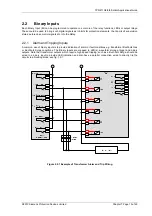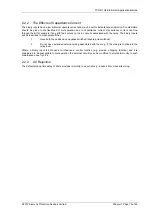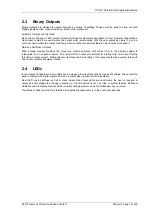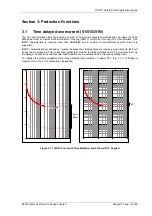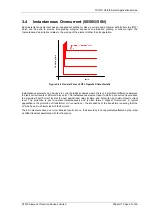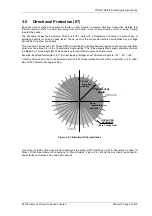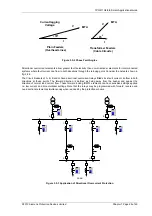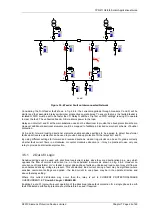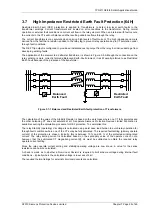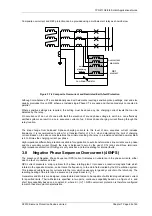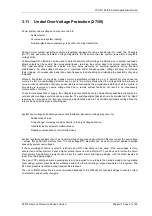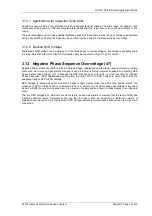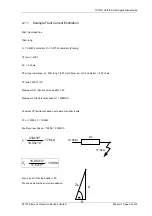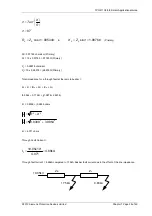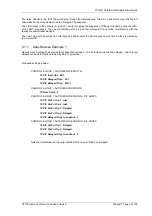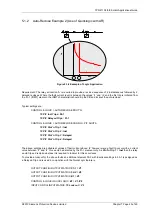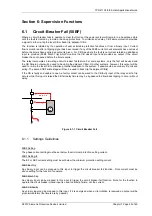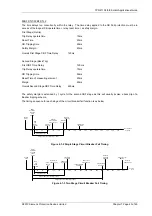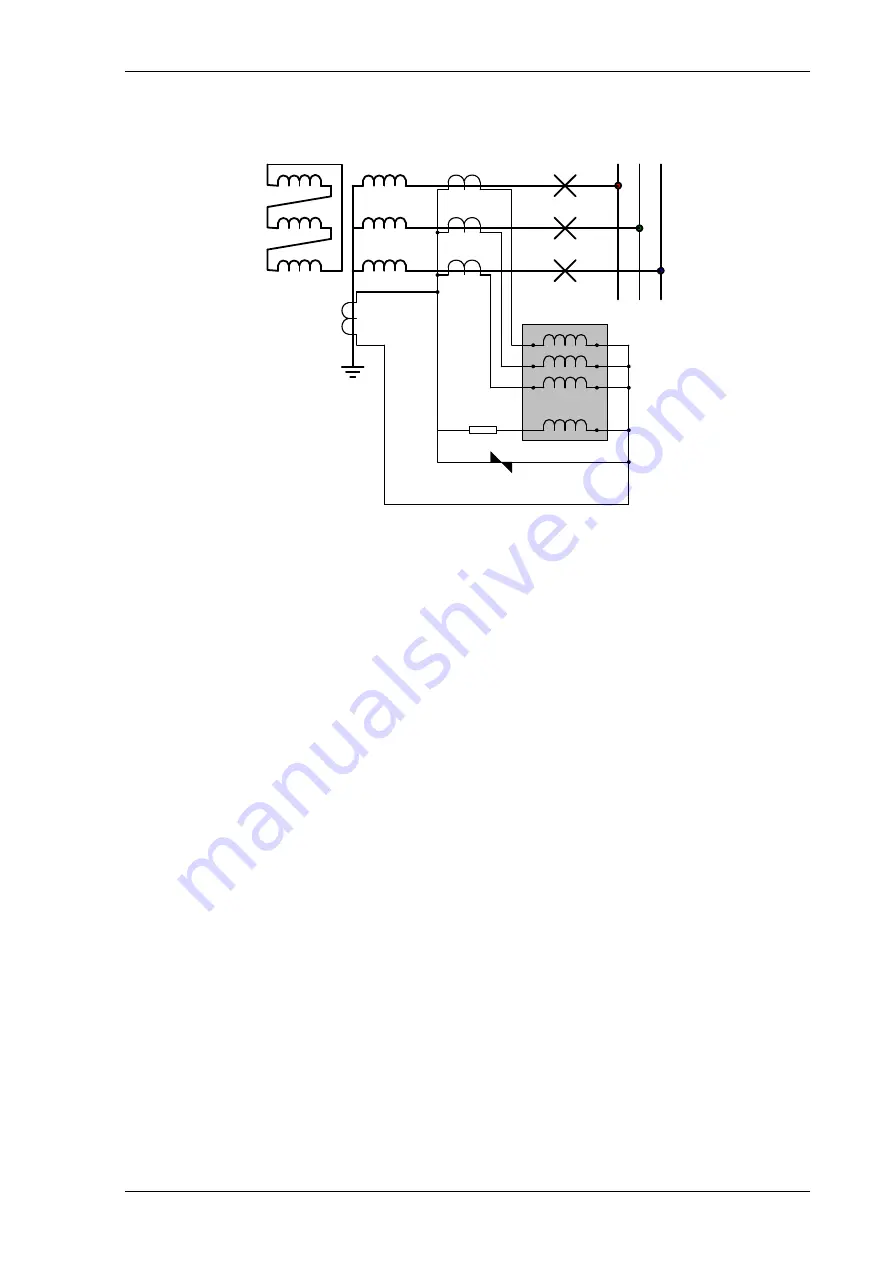
7PG2113/4/5/6 Solkor Applications Guide
Composite overcurrent and REF protection can be provided using a multi-element relay as shown below.
25
non-linear resistor
series
stabilising
resistor
overcurrent
elements
REF
element
Figure 3.7-2 Composite Overcurrent and Restricted Earth-fault Protection
Although core-balance CTs are traditionally used with elements requiring sensitive pickup settings, cost and size
usually precludes this on REF schemes. Instead single-Phase CTs are used and their secondary’s connected in
parallel.
Where sensitive settings are required, the setting must be above any line charging current levels that can be
detected by the relay.
On occurrence of an out of zone earth fault the elevation of sound phase voltage to earth in a non-effectively
earthed system can result in a zero sequence current of up 3 times phase charging current flowing through the
relay location.
The step change from balanced 3-phase charging currents to this level of zero sequence current includes
transients. It is recommended to allow for a transient factor of 2 to 3 when determining the limit of charging
current. Based on the above considerations the minimum setting of a relay in a resistance earthed power system
is 6 to 9 times the charging current per phase.
High impedance differential protection is suitable for application to auto transformers as line currents are in phase
and the secondary current through the relay is balanced to zero by the use of CTs ratios at all three terminals.
High impedance protection of this type is very sensitive and fast operating for internal faults.
3.8
Negative Phase Sequence Overcurrent (46NPS)
The presence of Negative Phase Sequence (NPS) current indicates an unbalance in the phase currents, either
due to a fault or unbalanced load.
NPS current presents a major problem for 3-phase rotating plant. It produces a reaction magnetic field which
rotates in the opposite direction, and at twice the frequency, to the main field created by the DC excitation system.
This induces double-frequency currents into the rotor which cause very large eddy currents in the rotor body. The
resulting heating of the rotor can be severe and is proportional to (I
2
)
2
t.
Generators and Motors are designed, manufactured and tested to be capable of withstanding unbalanced current
for specified limits. Their withstand is specified in two parts; continuous capability based on a figure of I
2
, and
short time capability based on a constant, K, where K = (I
2
)
2
t. NPS overcurrent protection is therefore configured
to match these two plant characteristics.
©2010 Siemens Protection Devices Limited
Chapter 7 Page 29 of 49

